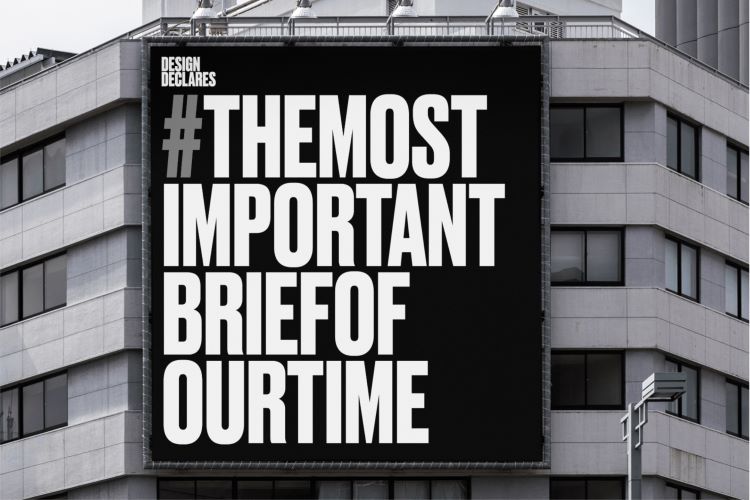Design Declares scheme rallies designers at Design for Planet Festival

by IBRAHIM
Design Declares scheme rallies designers at Design for Planet Festival
Speaking from the Design Council’s Design for Planet festival designers reveal how the Design Declares initiative has helped them deal with material challenges.
Founders of the climate emergency declaration campaign Design Declares invited signatories to talk about why they signed the declaration at this year’s Design for Planet festival.
Now in its second year Design for Planet is being held concurrently with the COP27 climate conference and is advocating for the design industry to take action to help mitigate the effects of the climate crisis.
Design Declares targets communication, digital, industrial, and service designers and aims to encourage them to take action through eight “Acts of Emergency” and was formed to help designers keep momentum after COP26.
When Design Week spoke with Thomas Matthews founding director Sophie Thomas – also a founding member of Urge Collective – in September, the campaign had just launched and had almost 100 signatures. While that number has increased to 173, it is still a way off the 1000 signature target which it was set to reach this week.
During a talk led by Studio Morrama founder Jo Barnard and founding member of Urge Collective Alexia Sommer, two signatories were invited to explain why they signed up to the campaign.
“Thinking critically”
Electrical vehicle manufacturer Arrival’s VP of industrial design Angus Dick says he encouraged his team to get behind Design Declares as both “a positive action statement” and to help them “think critically” when considering their approach to the climate and environmental emergency. He adds that he believed Arrival could be “more ambitious with its sustainability goals”.
He explains how, as a company which designs electric vehicles, “it was easy to think [they] were doing enough already”. Even though design principles exist at Arrival, encouraging the design team to “act, reduce, minimise and be mindful”, Dick says there have been “broader challenges” when dealing with materials.

Arrival is up against cost and mass targets which might dictate the design process and the supplier it uses, while regulations can also determine the materials. Dick says: “If we wanted to use an innovative material for sustainability reasons, it may not perform well against fire retardancy standards and durability requirements.” Development and certifications processes can also be “cost and time prohibited”, he adds.
Design Declares helps Arrival decide “how it can make the best choices as it has clear comparisons and alternatives”, figure out how trade-offs can be made in terms of cost and time implications, and informs the company on how it can help phase out “materials and processes that don’t belong to this century” more rapidly, according to Dick.
He says that the campaign toolkit and forums offer “constructive and useable information” and “encourage competitive sustainability standards” between design studios and companies.
“Accessible entry points”
Think/Do studio founder and creative consultant Tara Hanrahan says that becoming a founding signatory for the campaign was “a no brainer” and aligns with her design practice as a consultant and educator. She says she likes the fact that the eight acts of emergency build from “declare” to “activation”, meaning there are “accessible entry points”.
Hanrahan defines a “responsible design process” as being ethical and resourceful with materials and energy, but also as “designing with purpose” to have a positive eco-social impact. “Having multiple entry points to understanding and applying responsible design practices present greater opportunity to bring more people along on the journey,” she says, adding that some signatories may find some acts easier than others. From this, Hanrahan says they can then “evolve” their practice and approach the other acts at their pace.
She mentions being part of a “collective momentum” as another reason to join the campaign, as well as the Design Declares accessible toolkit, which can be used “creatively and diagnostically”.
What’s next?
Discussing next step for Design Declares, Barnard says quarterly talks and events will be set up to facilitate conversation between signatories, which will help expand the toolkit and provide support.
Recommended Posts

NB invites local designers centre stage for Vineyard Theatre rebrand
February 24, 2023

“AI revolution” will change way design studios look within three years
February 24, 2023

Rbl rebrands ZSL with ecosystem-inspired identity
February 23, 2023

